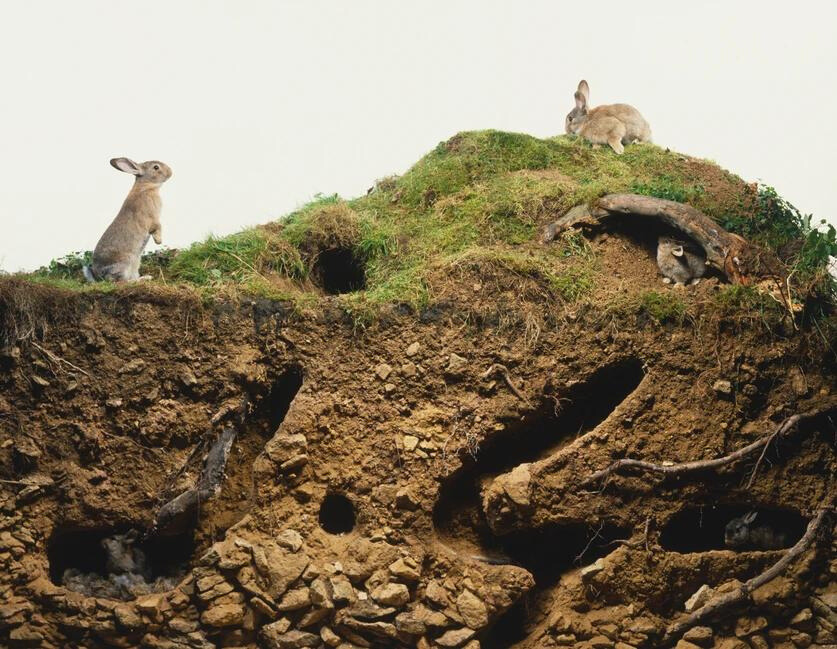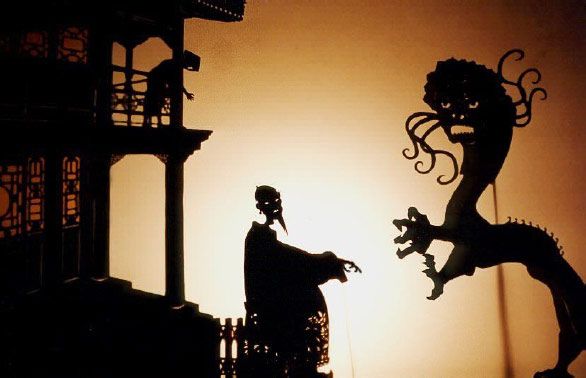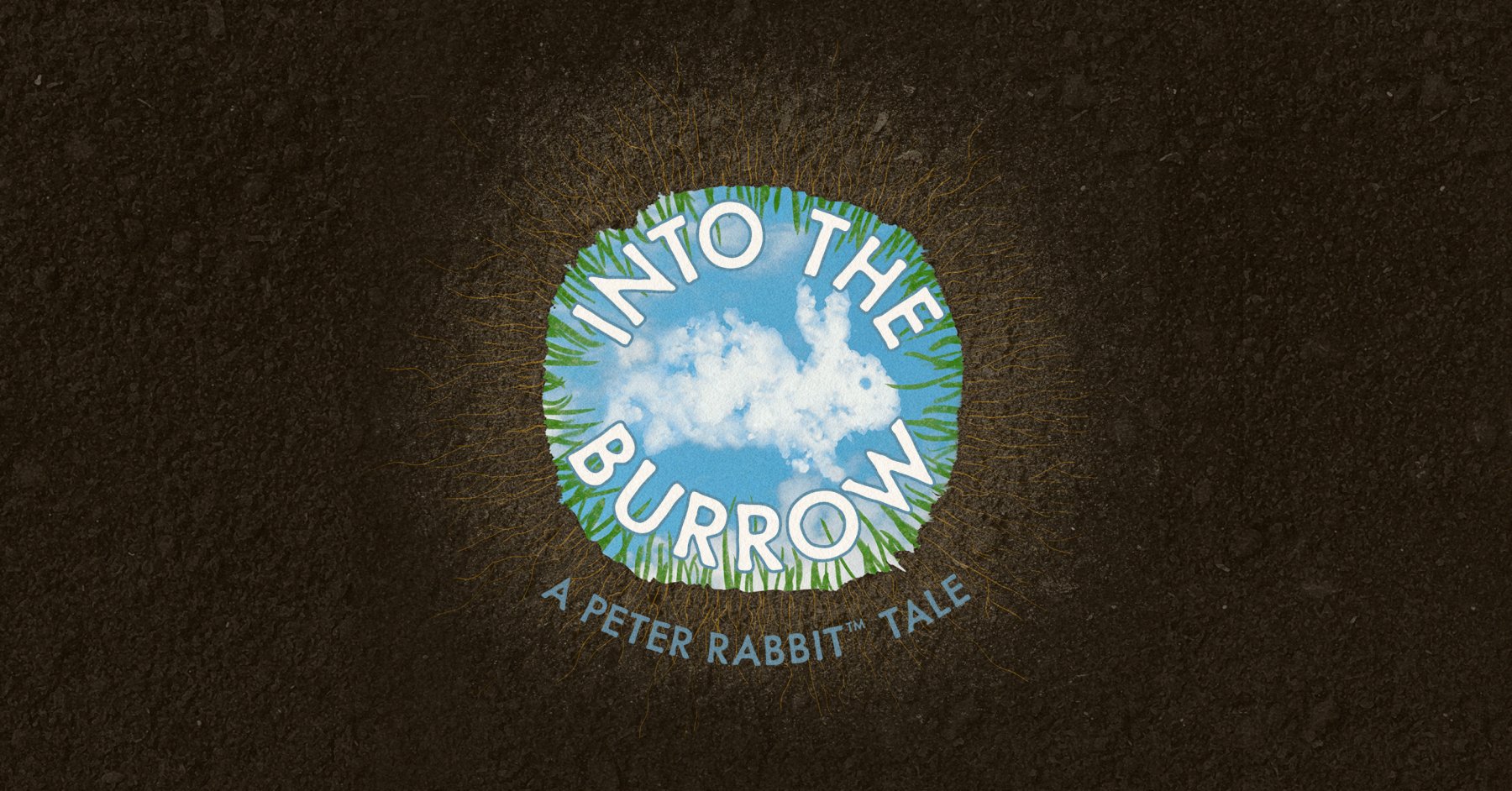As we explore further into the burrow, we get to see how the play uses different art forms such as shadow puppetry to help the audience understand how Peter and friends interact with others outside the burrow.
As the audience enters through the doors leading down to the Hertz Stage, they walk into a Beatrix Potter landscape, with charming cottages in the distance. There are trees, painted and real. One tree leads into an underground lair. This is the world that Ms. Potter’s animals inhabit.
Once we walk “into the burrow,” we are in Peter’s house, which he shares with his siblings, Mopsy, Flopsy, and Cotton-tail. The audience stays in the burrow throughout the whole play, but the animal characters leave the burrow to visit Mr. McGregor’s farm.
Peter and the other rabbits in the story live in the burrow, the main setting for our story. A burrow is a hole dug underground where rabbits can eat and sleep. Peter’s burrow is bright and bold in color and is a place where he can socialize with his dearest friends.
Audience members are invited into the burrow to celebrate Peter’s birthday. How do you think the animals will react to seeing humans in the burrow?

When Peter and his friends visit Mr. McGregor’s Garden, the play uses shadow puppetry to show what is happening to the characters outside of the burrow.
Shadow puppetry is a form of theatrical performance that originated in China and on the Indonesian islands of Java and Bali. This type of puppetry often includes music, singing, and the shadows of puppets cast onto a screen to tell a story. Flat images are manipulated by the puppeteers between a bright light and a translucent screen, on the other side of which sits the audience. The contrast and movement between light and shadow bring the puppet characters to life.
The shadow puppetry in today’s performance was designed by Raymond Carr and has been pre-recorded.

Learn more about Into the Burrow: A Peter Rabbit™ Tale.




